The 2018 Print Networks conference took place at Gladstone’s Library in Hawarden, Wales on the subject of Printing for the workplace: Industrial and business printing, 12 July 2018.
Georgina Grant, Ironware and illustration: The Coalbrookedale Company catalogues
This paper examined the trade catalogues of the Coalbrookdale Company. The Coalbrookedale Company produced catalogues to promote their wares to purchases. These catalogues reflect the practices of the iron foundry in the absence of company records. The lives of the printers and the wood blocks used by Dalziel Brothers for the engravings in the catalogues were discussed.
The Coalbrookedale Company catalogues can be found at the Ironbridge Bridge Museum https://www.ironbridge.org.uk/learning/museum-collections/
John Grayson, Imperfect printed enamel surfaces: Interpreting marks of 18th century craftsmanship
This paper examined the print process employed in the eighteenth century enamel trade through the examination of four snuff boxes held at Wolverhampton Art Gallery. The paper discussed what imperfections of prints tell us about the print process and speculate why some print transfers onto the enamel were less clear than others.
Dr Claire Bolton, The Abbey Press: A monastic print-shop at the Benedictine community of New Norcia, Western Australia
This paper discussed the monastic print-shop at the Benedictine monastery of New Norcia, 130km north of Perth, which began in 1946. The range of printing outputs and the type of print machinery used by the monk was examined.
Stephen Ferguson, Miniature masterpieces – making stamps for the Post Office
This paper discussed the outputs produced by the Post Office, both in the UK and Ireland, including labels, notices, forms, postal orders. The history of the stamp was covered and its role as a cultural ambassador, symbol of identity, and a work of design.
Jennie Hill, ‘Get the spirit of joy into your printed things’: Advertising and ephemera at the Curwen Press
This paper discussed the Oliver Simon Collection at Aberystwyth University and how it reflected the range of advertising and business ephemera produced by the Curwen Press (founded 1863) - http://curwenpress.com/
Helen Williams, Printing for printers: Print trade journals in nineteenth-century Britain
This paper discussed printers’ unions and the trade journals they produced in the nineteenth century. The content of the trade journals was analysed and what they reveal about the lives of nineteenth-century printers.
Jonathan Roscoe, ‘The age of shouting had arrived’: Victor Gollancz and the marketing of the Left Club
This paper discussed the ‘revolutionary’ new marketing techniques adopted by Victor Gollancz and the Left Book Club, including using the book jacket as a marketing tool and how this influenced how book jackets were designed.
Deborah Sutherland and Ruth Hibbard, ‘Success is dependent on the graphic artists and not the office boy’: The National Art Gallery’s Jobbing Print initiative of 1936
Tis paper discussed the relationship between printing and art and design through the Jobbing Printing Collection, a collection of ephemera held in the National Art Library in the Victoria & Albert Museum https://www.vam.ac.uk/info/national-art-library This collection shows the development of commercial art in the at 1930s, specifically through examples were taken from the Baynard Press and the Kynoch Press.
Dr Jane Cooksey, Geared for Good Business – the post-World War II advertising campaign of the British Wholesale Textile Association
This paper discussed the advertising strategy undertaken in national British newspapers by the Wholesale Textile Association from 1946 to the early 1950s, instituted to re-inculcate pre-war business methods that operated within fashion retail, production and consumption in British towns and cities.
Diana Patterson, The external business of publishing: Computer manuals when computers were the size of a large room
This paper provided a blast form the past as it look the audience back to the days of mega computers that needed to be housed in a large room and their manuals, with their looseleaf updates in a binder.

